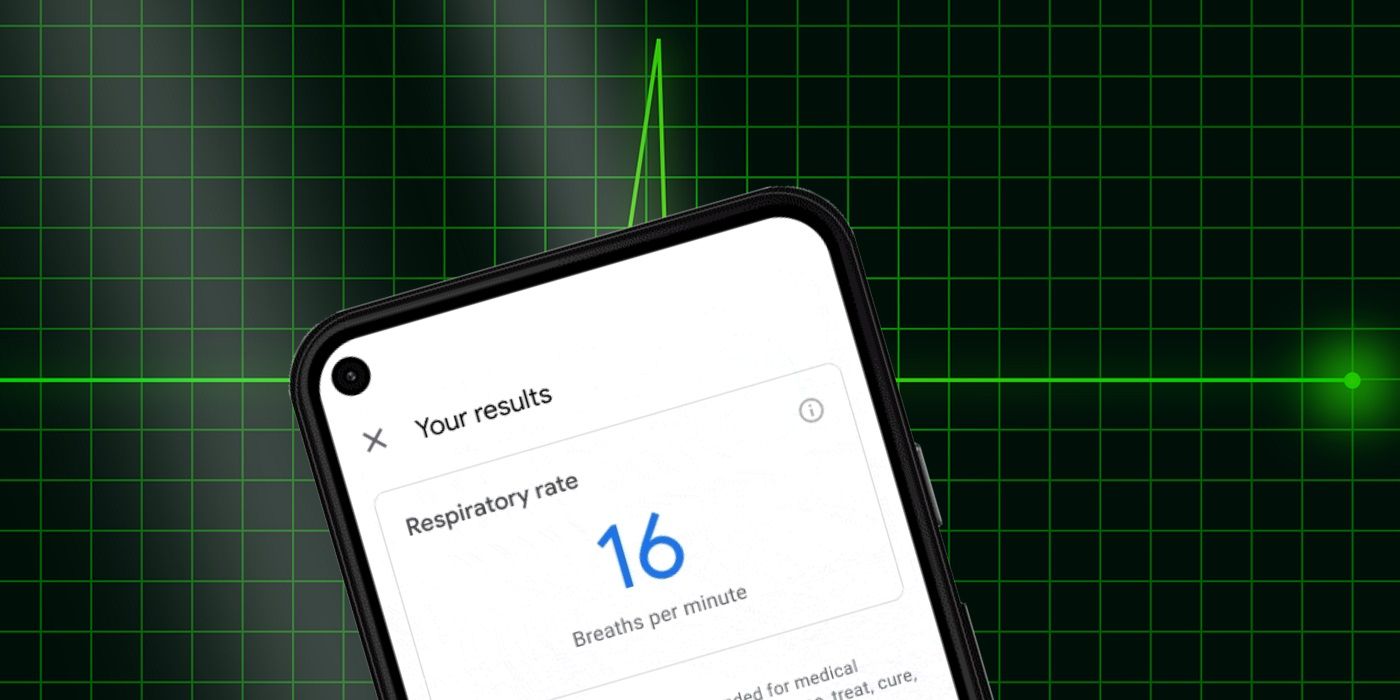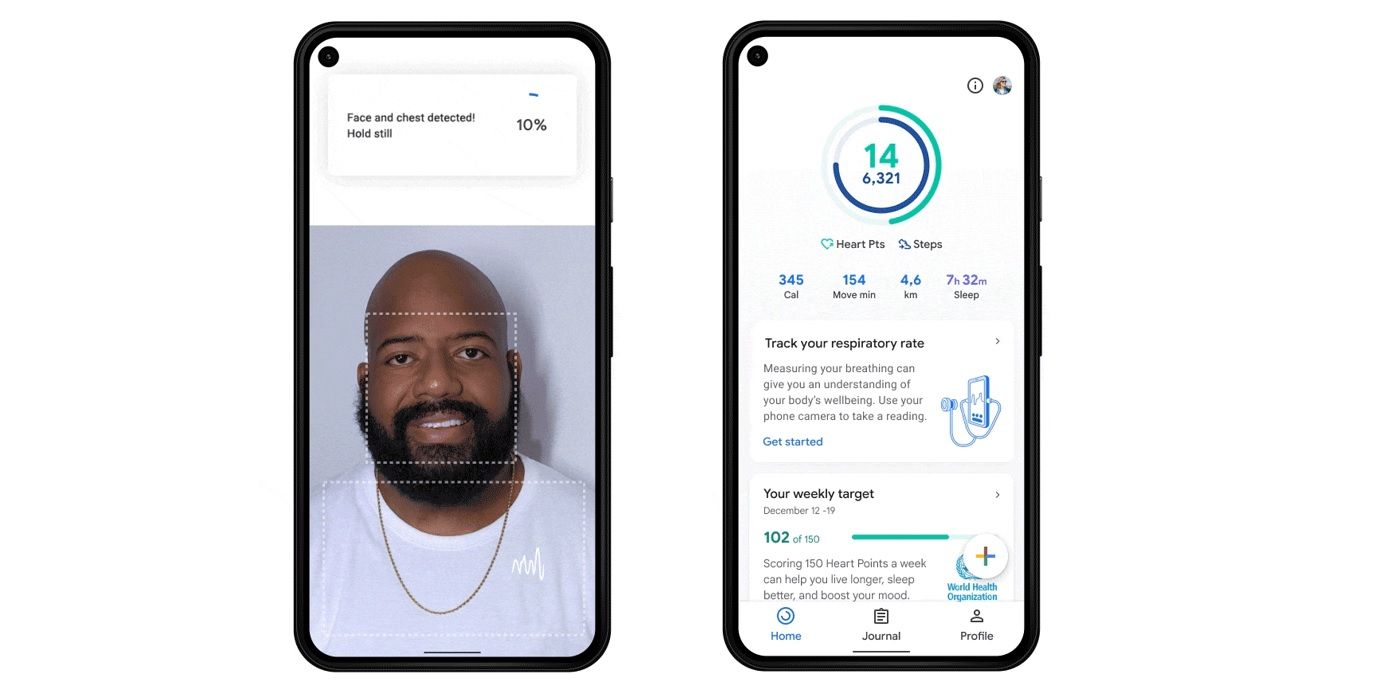Google Pixel phone users can take heart rate and respiratory rate measurements using their smartphone, without the need for any of the additional hardware typically associated with taking measurements such as these. The feature is yet another example of how Google is able to compensate for a lack of hardware with advanced software solutions and should prove useful to anyone interested in monitoring their general health.
As a company, Google has always been highly focused on software and while its devices are sometimes criticized for their lack of premium-grade hardware, the company finds ways to provide advanced functionality simply through algorithm improvements and upgrades. This is often seen in the camera experience on Pixel phones. Although these devices do not come with as many cameras as other similar phones, Google’s photography software makes all the difference, resulting in one of the best mobile camera experiences around.
Using a similar approach, Google is offering Pixel phone users the option to take heart and respiratory rate measurements simply using the cameras on their device and the Google Fit app. Technically, the feature does not go live until next month for Pixel phones, and Google does ultimately plan on making it available to more users by expanding support to non-Pixel phones in due course. Taking a heart rate or respiratory rate measurement is done through the Google Fit app. Therefore, Pixel phone users will need to have downloaded the app on their device to begin with. Cards will be visible on the app's home screen and the user can initiate either the heart or respiratory rate measuring by tapping on the respective card.
How To Use Pixel Cameras To Capture Heart & Respiratory Rate
To measure the heart rate, the user places their finger on the rear-facing camera lens, with the camera then identifying subtle color changes to measure blood flow. Google explains the feature is capable of accounting for a variety of individual and environmental differences, including age, skin tone, and lighting, which should make it more useful than the various apps that offer similar functionality. For respiratory measurements, the front camera is used instead. The user is required to position their head and torso within view of the front camera, and remain in this position until the process has finished. While breathing normally, the software measures chest movements to determine the rate.
Regardless of whether checking heart or respiratory rate, once measured, the user has the option of either disregarding the measurements or recording them in the app. The latter option could be useful for anyone looking to monitor heart or respiratory changes over time. Google does state that neither of these measurements should be used for “medical diagnosis or to evaluate medical conditions'' and that’s true. Users should always seek professional medical assistance and diagnosis when concerned about a specific problem.
Similar to how the Apple Watch has proven useful, this Pixel phone upgrade provides a way for users to complement the amount of health-related information that’s available at their fingertips. Literally, in the case of heart rate monitoring. Although the results are unlikely to be as accurate as a wearable device that tends to continuously monitor, the fact Google can achieve these results without the need for any new or additional hardware, is likely to make this a very useful health feature for many people.
Source: Google


